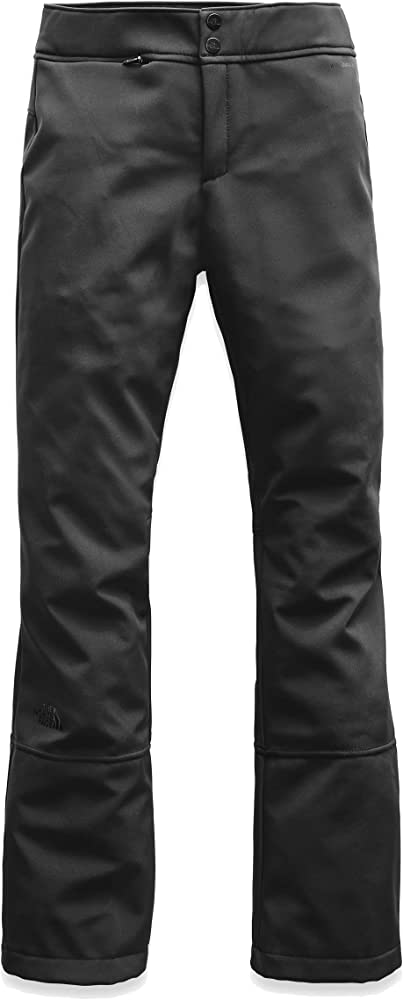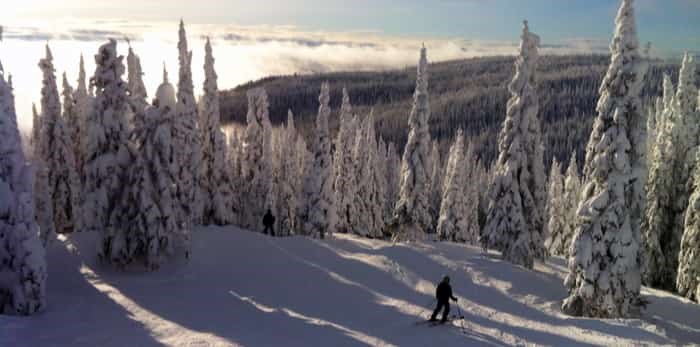
You can choose from two types of races when it comes to skiing: giant and downhill. There are two tiers of competition, with downhill being the faster of the two, but giant slalom being the longest, as well as the most challenging. Both types require special equipment. Consider all possible risks when you consider competing in a high speed ski race.
It is an accomplishment to have the fastest downhill ski track. Most downhill courses are less that one mile long. But, some are longer. Unlike traditional skiing, downhill involves heavy compressions and hefty braking when you hit the ground. Also, the more vertical drops you have, the faster you will go down the slopes. Downhill racing is not for the faint of heart, but for the brave, it's a worthwhile endeavor.

The sport most people find difficult to master is slalom. There are many courses available in slalom. One of them is parallel slalom which has two teams competing side-by side. The course is usually four laps long.
Downhill is the most dangerous ski race. A slalom competitor may lose control of his skis and fall into a river. Many courses have protection features. This is especially true when it comes down to super G.
Downhill is not only the most thrilling sport, but it's also the most dangerous. You will need special equipment to protect you from the effects of centrifugal forces. You have many options for staying safe. Start with the most difficult genres like the super G and then move on to slalom or giant slalom once you have mastered it.
It isn't for the faint-hearted, but it is possible to do downhill races faster than anyone else. Apart from the standard precautions of wearing appropriate ski attire and riding with others, it is a good idea not to forget that you aren’t the only one skier. It is important to know how to read the terrain and predict changes in elevation. Both of these can happen in a matter of seconds. The best thing is to stay out of trouble while still maintaining a low speed.

The fastest downhill course is Lauberhorn Downhill in Austria. However, the course did manage to do its deeds on the ski field in the early 1930s. It's now an annual race that is usually held at 37 mph.
FAQ
How can you travel light?
There are no right or wrong answers when packing for a vacation. Here are some tips that will help you make the right choice when packing for your next trip.
-
Bring only what you really need.
-
Only bring what you plan to actually wear.
-
Don't overload yourself with too many items.
-
Make sure you have room in your suitcase.
-
Always double-check to make sure that everything is in your bag.
-
You can take advantage of our free storage facilities
-
Use reusable water containers instead of buying bottled water.
-
You can carry a backpack rather than a suitcase.
-
When possible, walk or cycle instead of taking public transport.
-
Choose the right size bag.
-
Avoid carrying heavy items.
-
Be prepared for all eventualities
-
You can't leave any trace.
Are you concerned about what you might lose when you travel?
Yes, I often forget stuff. This is especially true when I am on a short vacation. Fortunately, I always have everything, so I never run short of things.
My passport is one example. When I purchase tickets, I make sure I have enough cash.
I also always have my phone charger with me. To store any other items, I keep them in a small bag.
What should I do with my luggage?
There are many options. You can use lockers at airports as the most common option. They are usually located close to the security area. They are usually $5-10 per person, depending on the size of your locker.
You can also rent a storage space. These are often found outside large hotels or shopping centers. Although prices vary, some places offer discounts for multiple units that are rented together.
The third option is to rent a porter. A porter will take your luggage from the carousel and bring it to your room. Each time he assists you, a small fee will be charged.
What should you do the first time you arrive at your travel destination after you have arrived?
Always have a plan in place for when your arrive at a new location. This helps you to know what to expect and where you should go next.
You need to plan ahead to ensure you don't miss anything important.
You should also research what museums, parks, or landmarks you want to visit if you are planning to visit a city more than once.
A map of the area may be useful and you might want to read up on the history.
Statistics
- That's an 18% jump from 2019, the previous record year. (travelandleisure.com)
- You can use compression sacs or cubes to reduce the volume of your clothes by up to 80%—this is especially convenient for bulky items such as sweaters and jackets. (eaglecreek.com)
- Between the ages of 11 and 13, kids, or tweens, will likely want some autonomy but also need boundaries. (travelandleisure.com)
- Case in point: the private island of Ilha Caldeira, less than seven miles off the coast as part of the Primeiras and Segundas Archipelago, is located within the marine-protected area with 20 percent of the country's intact living coral. (travelandleisure.com)
- According to Maori legends, this park holds 14 fjords that were all carved by a giant stonemason with an adze. (busytourist.com)
External Links
How To
How do you make traveling easier?
Traveling is always easy when you have everything planned out ahead of time. You don't need to worry about what you'll be buying, where your next stop is, or how much money it will cost. If you want to travel better, you should plan and organize yourself before leaving home. You won't have to waste time trying to figure out what you need during your trip.
Planning Ahead
There are many ways to plan for your travels. Some people prefer to keep track on everything online, while some others prefer to record notes in their notebooks. Some people plan by planning their entire trip before they set out. Some people just pack and go. No matter what method you prefer, planning is the best way to save time and energy on your trip.
Organizing Yourself
It is important to organize yourself if you are going to travel well. It is important to know what you should bring with you when you travel. Make sure you have everything that you may need. Think about the weather conditions in your destination country and choose clothes accordingly. Consider renting a car and whether you prefer public transportation. Check out the facilities in your hotel room when you arrive. Do you have Wi-Fi? Do you get breakfast included in your stay? Is laundry service available at the hotel? These are crucial details to include on your checklist. Once you've checked these items off of your list, you can relax and enjoy your vacation!